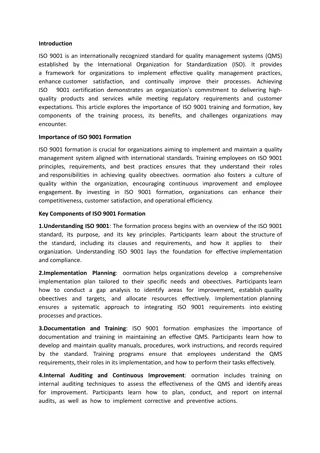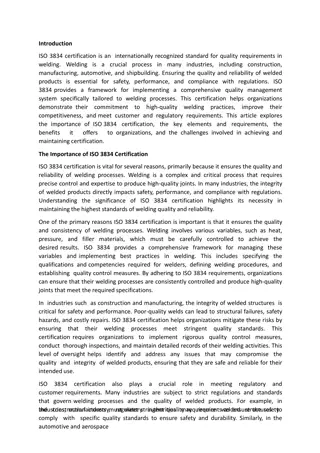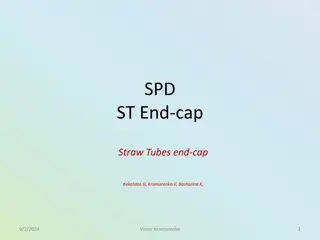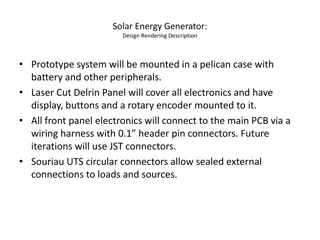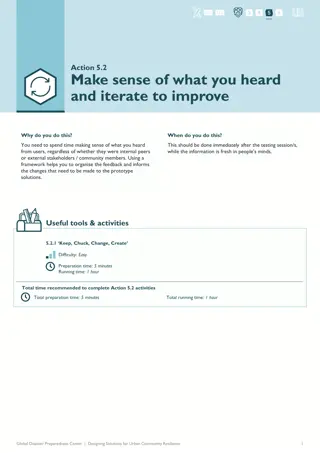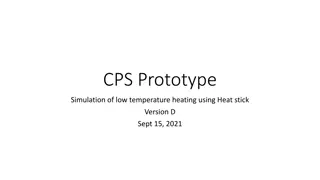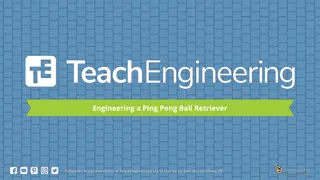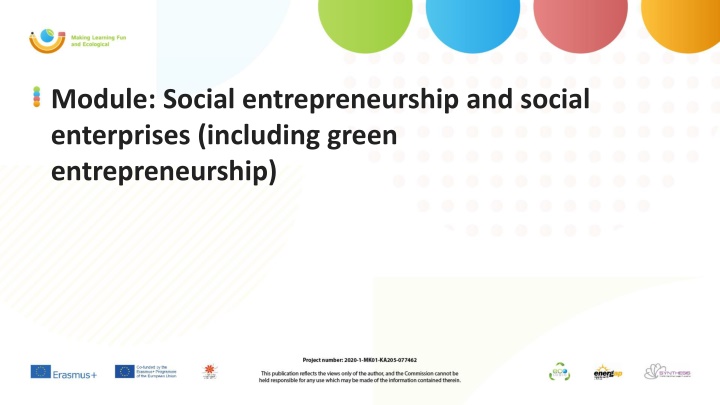
Importance of Prototyping in Product Development
Prototyping is a crucial process in product development, allowing designers to create tangible representations of ideas and gather feedback to refine designs. This article explores the significance of prototypes, their role in validating designs, engaging customers, and streamlining the manufacturing process.
Download Presentation

Please find below an Image/Link to download the presentation.
The content on the website is provided AS IS for your information and personal use only. It may not be sold, licensed, or shared on other websites without obtaining consent from the author. If you encounter any issues during the download, it is possible that the publisher has removed the file from their server.
You are allowed to download the files provided on this website for personal or commercial use, subject to the condition that they are used lawfully. All files are the property of their respective owners.
The content on the website is provided AS IS for your information and personal use only. It may not be sold, licensed, or shared on other websites without obtaining consent from the author.
E N D
Presentation Transcript
Module: Social entrepreneurship and social enterprises (including green entrepreneurship)
What is a Prototype Prototyping is a foundational process for developing a new product through the physical representation of an idea. Prototyping helps designers turn a concept into a functioning item. Using basic sketches and rough materials, the prototype may be a simple drawing or rough model that helps innovators determine what they need to improve and fix in their design. A prototype is a rudimentary working sample, model, mock-up or just a simulation of the actual product based on which the other forms (Minimum Viable Product, final product, and variations) are developed. This stage in the inventing process is possibly the period of greatest learning Making a prototype by hand is a great way to start bringing your product to life. Remember, there are no rules! Give yourself permission to experiment.
Importance of Prototype Prototype is the preliminary version of the actual product developed to: Validate the design of the product, Observe how prospecting customers are using the product, Present to investors or licensees, Protect the Intellectual property, Remove kinks in manufacturing, Test and refine the final product.
Idea reality check Before starting with building a prototype, you need to ask yourself these questions: 1. Does your customer have the problem that you are trying to solve? 2. Will they pay for it? 3. Will they pay YOU for it? 4. Can you build the solution for that problem?
Prototype Methodology 1. Make a prototype - A good advice is to start prototype early, prototype often. Most literature on product prototyping advises to prototype your invention as early as possible. 2. Test your product and get reviews from users 3. Refine the design by applying feedback 4. Repeat!
What is a good prototype? ? Representation: A prototype is a representation of the actual product. It represents how the product will look and/or work like. Precision: More precise the prototype, better the response and feedback. Functional: A good prototype performs the basic functions of the actual product Improvision: A good prototype is one which can be improvised on with minimum effort. This one of the most important aspect of prototyping as a prototype is subject to many improvisations.
Type of prototypes: Functional Prototypes For example: creating a backend prototype without working on the frontend of the website. Display Prototypes Display prototypes besides in the IT industry, are usually used in industries where outlook and design are more important. Miniatures (3D printing, craftsmanship, digital etc.) Miniatures are usually developed by the 3D printing of the product.
Be aware, you should aim for MVP, not for creating the actual product
Its time to pick up a focus. Once you ve decided to prototype, it s time to pick up a focus. Figure out what you want to achieve and stay focus! Is the prototype made for testing or for communication? If for testing, would it be and exploratory or directed study? What do you want to test, attitude, engagement, or behavioral metrics? Do you have any hypotheses or assumptions? Which part of the product do you want to collect feedback?
Test your Prototype: Share the prototype with the people you are designing it for and obtain feedback about what works and what doesn t. Group Interview: Use a group interview to answer questions about your prototype. Co Creation Session: A co creation session sees people in the group not as interview subjects but as designers. Facilitate co creation by enabling people to actively redesign and make changes to the prototype One to one Interview Online tools
Evaluate and Iterate What did you find out? Gather your findings: As soon as possible after testing, get down all of your findings including observations, facts, stories and hunches on paper. Use post it notes on a large board or paper. Synthesize and analyze your findings: You can use Frameworks above to help organize all your feedback. Using frameworks such as 2x2 grids, diagrams or customer journeys will make you begin to see patterns in all of your findings.
Ideas and Iterations: What did you find out? Gather your findings: As soon as possible after testing, get down all of your findings including observations, facts, stories and hunches on paper. Use post it notes on a large board or paper. Synthesize and analyze your findings: You can use Frameworks above to help organize all of your feedback. Using frameworks such as 2x2 grids, venn diagrams or customer journeys will make you begin to see patterns in all of your findings.
Try to sell the product (by using prototype) before you actually build it



